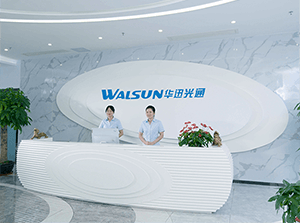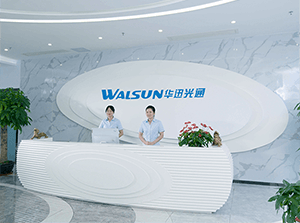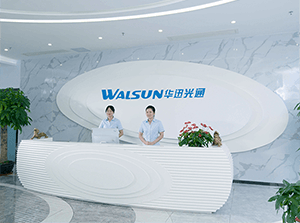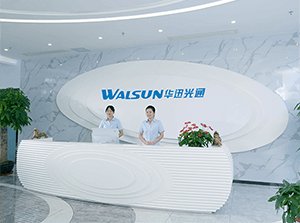PRODUCTS

- 40GBase CSR4 and 40GBase SR4 are both standards for 40 Gigabit Ethernet over fiber optic cables, but they have some differences.40GBase CSR4 (short for 40 Gigabit Ethernet Consortium Specification Revision 4) uses a special type of multi-mode fiber optic cable called OM3 or OM4, and it uses four lanes of 10Gbps signals over the fiber. It has a maximum reach of 300 meters.40GBase SR4 (short for 401266

- The QSFP28 (Quad Small Form-Factor Pluggable 28) module has a mechanical form factor with specific dimensions. The dimensions are standardized by industry specifications to ensure compatibility and interoperability between different vendors' products. The main mechanical dimensions of a QSFP28 module are as follows: 100G QSFP28 LR1/ER1Overall Dimensions:Width: 18.35 mm (0.722 inches)Heigh1557

- As of my last knowledge update in January 2022, the Cisco SFP-10G-SR-S is a 10 Gigabit Ethernet short-range transceiver module designed for use with multimode fiber optic cables. The "SR" in its name stands for "short range." The typical operating range for SFP-10G-SR-S is around 300 meters (m) over OM3 multimode fiber and 400m over OM4 multimode fiber.Keep in mind that specifi976

- OM4 (Optical Multimode 4) is a type of multimode optical fiber commonly used for high-speed data transmission in data centers, local area networks (LANs), and other short-reach applications. OM4 fiber is designed to support higher bandwidths compared to its predecessor, OM3 fiber.The OM4 fiber is optimized for use with vertical-cavity surface-emitting lasers (VCSELs) at a wavelength of 850 nm, whi1643

- The full form of QSFP-DD is Quad Small Form Factor Pluggable Double Density. QSFP-DD is a high-speed, high-density data center interconnect module designed to support data rates of 200 gigabits per second (Gbps) or 400 Gbps. It is an evolution of the QSFP form factor, featuring a doubled number of electrical lanes and mechanical connectors to achieve higher data transfer rates. QSFP-DD is used for1076


 CHS
CHS Walsun Mall
Walsun Mall










